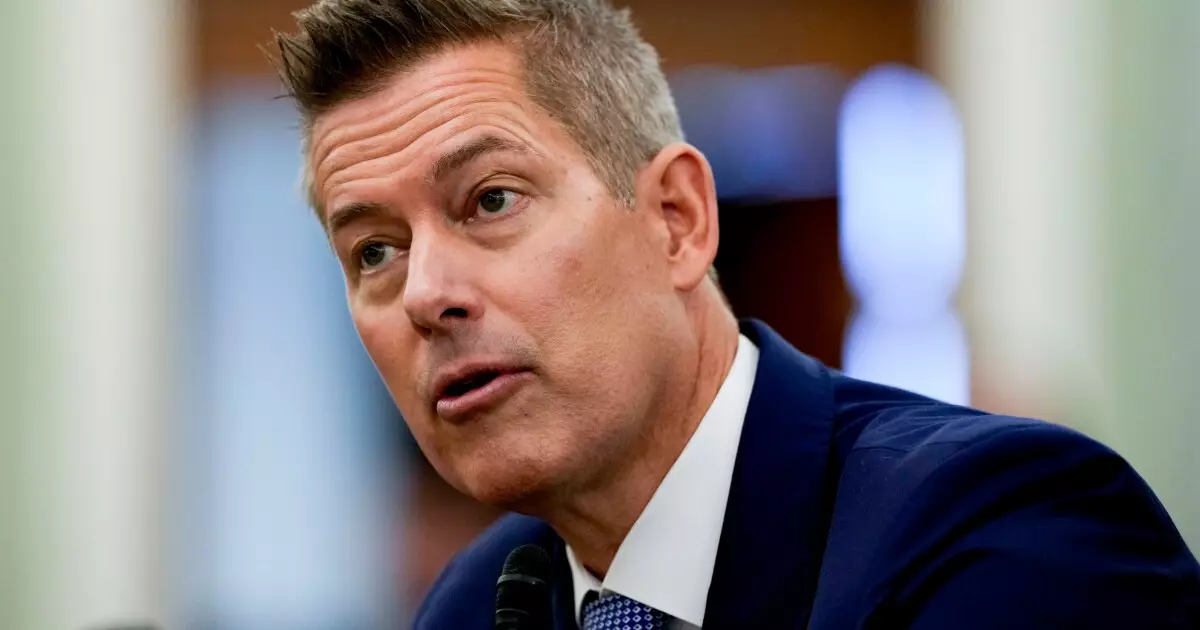Reckless Expansion of Infrastructure Funding Risks America’s Future Stability

The recent policy shift by the Trump administration, which allows transportation project sponsors to leverage nearly half of their project costs through the TIFIA program, embodies a reckless optimism that could jeopardize America’s fiscal discipline and transportation integrity. By elevating the financing cap from 33% to an alarming 49%, officials are essentially encouraging a significant increase in debt reliance for infrastructure development. While proponents tout this move as a catalyst for revamping America’s roads, bridges, and transit systems, it also raises serious doubts about long-term financial sustainability and proper project management. When government agencies and private investors become overly dependent on debt-financed initiatives, it creates a perilous cycle, exposing taxpayers to undue risk and diluting the accountability necessary for responsible infrastructure stewardship.
Playing with Public and Private Funds: A Dangerous Game
The TIFIA program, historically a valuable tool for bridging funding gaps with low-interest loans, has been praised for its successful support of over $150 billion in infrastructure investments. Yet, this approach has always been imperfect, characterized by bureaucratic delays, opaque borrowing requirements, and a tendency for underutilization. The recent cap increase risks exacerbating these issues, as project sponsors might become tempted to maximize leverage, stretching the program beyond its intended scope. The government’s push to facilitate more private sector co-investment risks crowding out traditional funding sources such as grants and formula-based allocations, which are designed to ensure balanced regional development. Instead of diversifying funding streams, prioritizing TIFIA loans could distort the market, favoring debt-based projects and undermining the multi-source funding paradigm that is crucial for long-term fiscal health.
The Missing Checks and the Threat to Equity
One of the core concerns with expanding TIFIA’s financing capacity lies in the potential for misallocation of resources. When nearly half of project costs are financed through loans, the risk is that projects are approved primarily based on their creditworthiness rather than their actual utility or social value. This shift could favor urban and suburban projects that are more attractive to lenders, neglecting rural and underserved communities that rely heavily on federal grants and formula funds. Given that the program is scored as a transportation funding source in surface transportation bills, this change could tilt political and fiscal priorities toward more leverage-heavy projects, leaving less room for equitable investment across all regions. Such a dynamic risks creating a two-tier infrastructure system—well-funded, loan-backed urban projects overshadowing essential rural investments.
Potential Risks and the Future of Infrastructure Finance
While the administration claims that removing barriers will accelerate infrastructure development, this optimism ignores the inherent dangers of over-leverage. Increasing reliance on TIFIA loans could lead to future financial strain, especially if projects do not deliver expected economic benefits or face unforeseen delays. There’s a real danger that projects funded through aggressive borrowing might turn into liabilities, siphoning off funds that could and should have been used to upgrade essential transportation infrastructures more responsibly. Furthermore, the political tug-of-war between rural and urban interests over funding priorities could intensify, as some stakeholders warn that this policy shift may stifle other vital sources of investment, like federal grants or local funding efforts.
The Illusion of Speed and the Reality of Long-Term Impact
This policy, painted as a means to “get America building again,” overlooks the nuanced realities of infrastructure economics and governance. Accelerated projects may indeed produce short-term jobs and visible progress, but sacrificing prudence for immediacy risks creating a fragile foundation for future fiscal stability. If a significant portion of transportation projects is financed through debt, the burden ultimately falls on American taxpayers—many of whom may not directly benefit from the projects they help fund. The emphasis on leveraging TIFIA to such an extent seems to favor political narratives of quick progress over a sober assessment of sustainable development and fiscal responsibility. It’s a gamble that, if mismanaged, could leave future generations footing a heavier bill, with less oversight and accountability than ever before.





